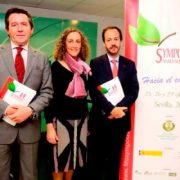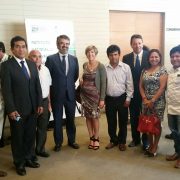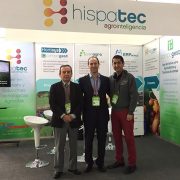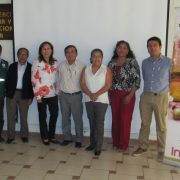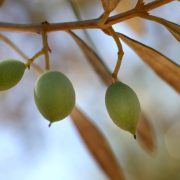Peru hosts in March the VI World Congress of Quinoa
Peru, a world power in quinoa production will host the 6th World Congress to be held around this product, from 21th to 24th March. With this event, the Andean country consolidates its leadership in this millennial crop, originating from the incanate and that is called to play a primordial role in feeding the future.
The topics discussed in this Congress will be, among others, the promotion and commercial articulation of quinoa, the generation of technologies for its production, the generation of added value, and the use of current and potential markets
The presentation of the VI World Congress of Quinoa was recently announced by the first vice president of the Republic, Martín Vizcarra Cornejo, representing the head of the State Pedro Pablo Kuczynski; The Minister of Agriculture and Irrigation, José Manuel Hernández and the FAO representative in Peru, María Elena Rojas.
The designation of Peru took place in the framework of the last World Congress of the Quinoa and International Symposium of the Andean Grains, realized in Argentina in the year 2015, and was endorsed by the Government of the country through a Supreme Resolution where it was established that the Scenario of this event would be the National University of the Altiplano of Puno.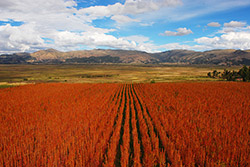
At the 6th World Congress of Quinoa, the most important researchers and renowned professionals associated with the development of this crop will gather, who will provide valuable information that can be used by the many actors in the value chain of quinoa and Andean grains.
Both the World Quinoa Congress and the International Andean Grain Symposium have become particularly important in recent years, given the substantial increase in world trade, as well as the global interest in this product, considered by FAO and the World Health Organization (WHO) as one of the foods of the future.
The Ministry of Agriculture and Irrigation chairs the Organizing Committee of both events, which in turn includes other public institutions such as MINAM, PRODUCE, PROMPERÚ and Concytec. In addition, UN agencies are participating: FAO, ILO and UNESCO.
Peru remains the world’s leading producer and exporter of quinoa and has the greatest genetic diversity of this crop, which is home to more than 100,000 rural families, almost half a million Peruvians, also engaged in the production of other Andean grains Such as kiwicha, Tarwi or Chocho and the Cañihua
The cultivation of quinoa implies a high demand for labor, since only during 2015 generated more than 6.5 million wages in the field, from the sowing stage to the harvest. The programs being implemented by the Ministry of Agriculture and Irrigation, such as Sierra Azul, Agrojoven, the National Center for Genetic Resources, and soon Serviagro, will help the development of Andean crops in the country
Likewise, the contribution of the Ministry’s strategic arms, such as Senasa, INIA and Agroideas, will be fundamental to give them a new impetus for the cultivation of Andean grains, from technical training to farmers, to research on new varieties and the promotion of associative and articulated work in the field.
The Ministry of Agriculture and Irrigation is working with international cooperation in several projects that aim to position the Andean grains of Peru and take advantage of the value chain for its international promotion
For example, Caritas has been carrying out a project to strengthen organic quinoa cultivation in the highlands of the Huancavelica VRAEM and with the United Nations the joint Andean grain production program in Ayacucho and Puno.








